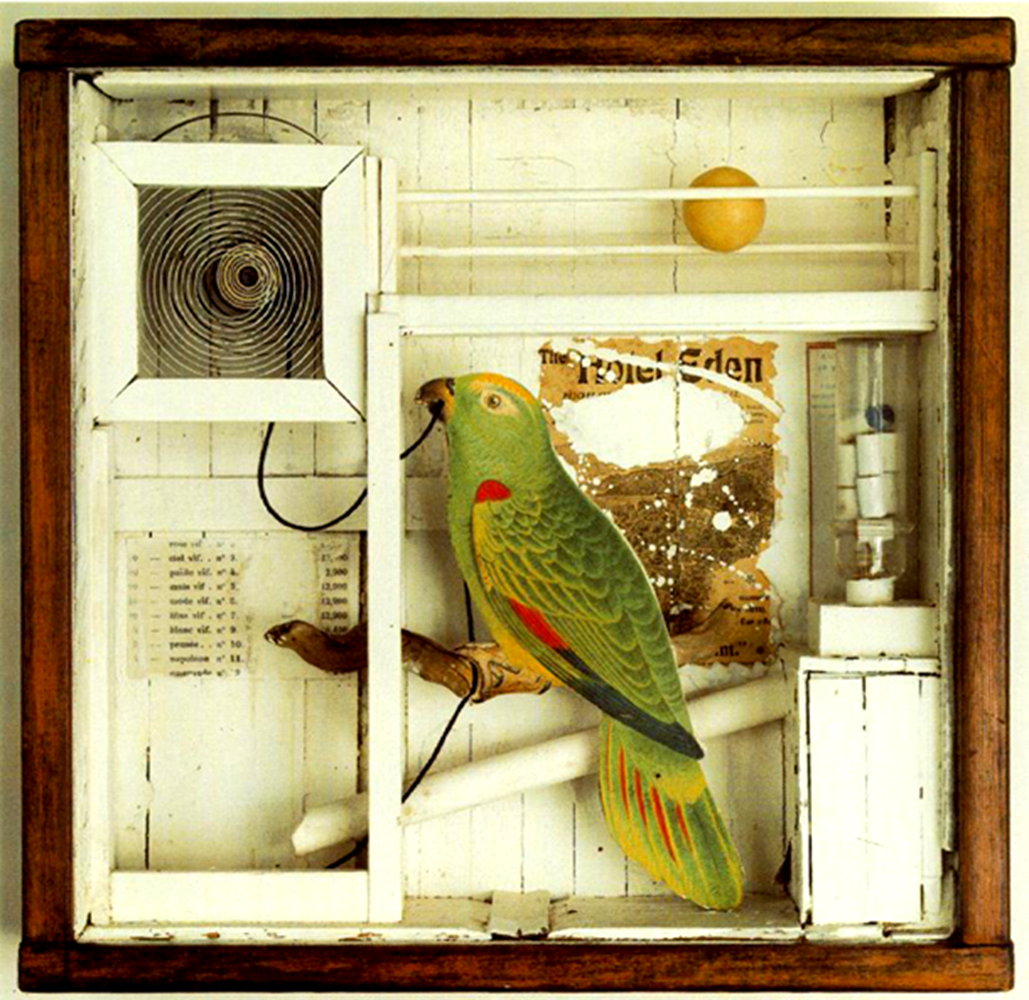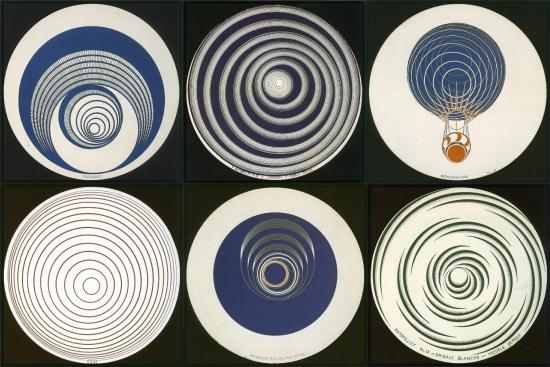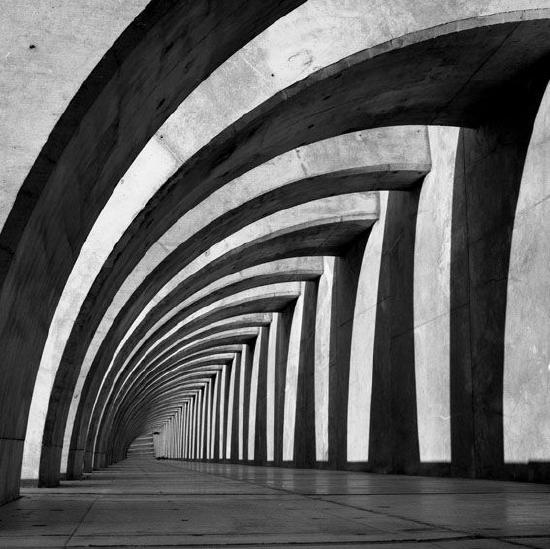3.2: Principles of Design- Unity and Variety
- Page ID
- 156856
Overview
Unity is a sense of oneness (a cohesion or agreement) found in the artwork. This is a sense that all the parts fit together visually; that the whole artwork is greater than the forms or any other parts of the work. (Think of think of this in terms of a orchestra. The conductor directs the musicians who are playing many different instruments, but together, the notes that are played come together to form one, comprehensible sound.) When unity is seen, all the visual elements (or ideas) in the artwork are joined together to create a harmonic work of art.
Conceptual Unity
Conceptual unity occurs when the artwork unites ideas known by just the artist or those that everyone understands.
|
Joseph Cornell's shadow box is a good example of conceptual unity, particularly, objects that the artist joins together for reasons only that artist knows.
Joseph Cornell. The Hotel Eden. 1945. Assemblage with music box. |
In just looking at this shadow box, there is no clear reason why these dissimilar forms are put together to create this work. In researching the piece, we learn that Joseph Cornell was inspired by Marcel Duchamp to create a similar work. Cornell was a solitary and eccentric figure who lived all his life in his mother’s house in Queens, New York caring for his invalid brother. By day, he scoured second-hand bookstores and antique shops in Manhattan to collect images and objects that served as the raw material for his art. Birds often figured in his small wooden boxes. (These are works for which he is best known.) Here, a lithograph mounted on wood shows a parrot perched on a branch. The bird's beak appears to be pulling a string that activates a rotating disk. The disk might reference fellow Dada artist Marcel Duchamp’s “Rotoreliefs.”
Marcel Duchamp. Different "Rotoreliefs." 1935. |
The following image are good examples of conceptual unity for ideas that everyone generally understands because they are objects that tend to be paired together.
For instance, chickens and eggs are related, black and white are often paired together as opposite colors, and for Americans, peanut butter is often used with jelly to
make sandwiches.

Visual Unity
Visual unity refers to using similar visual elements in the artwork. These similar elements help to form a cohesive whole. In the following work, all the primary colors are used. The work also uses a geometric shape (a circle) that becomes an implied shape as the interchanging bands of primary colors expand to the edge of the composition. Although some visual elements are the same, some differences are seen in the work.
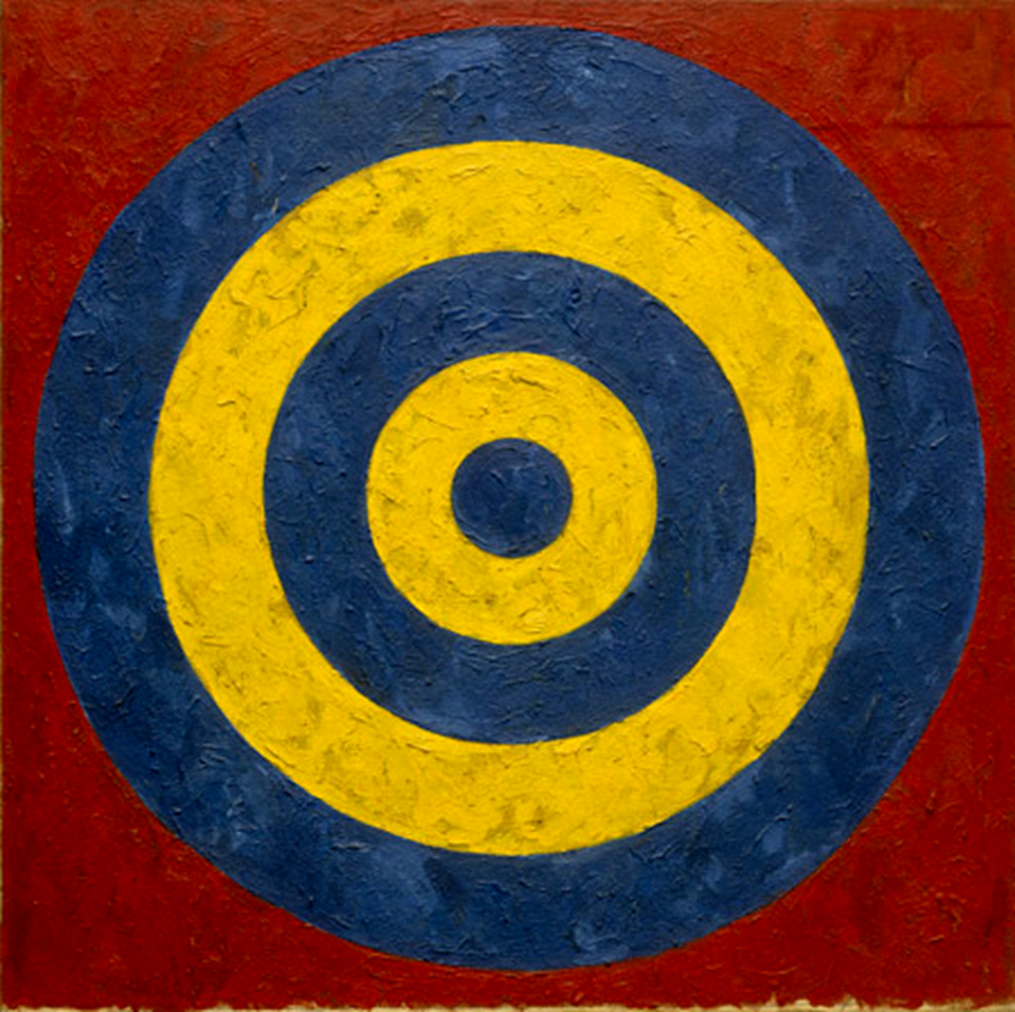
Jasper Johns. Target. 1958. Oil and collage on canvas. 3' x 3'. National Gallery of Art, Washington, DC.
Gestalt Unity
In essence, Gestalt unity combines visual unity and conceptual unity in the sense that the look of the artwork and the ideas behind it fit together harmoniously. For instance, in this image, there is a repeating pattern of organic literal lines receding into the distance, which gives the sense that this hallway extends far into the background.
Variety
To best understand unity, it is important to understand variety. Variety refers to difference. It is hard to understand what is the same unless differences can be seen. For instance, at first glance, it appears that nothing is similar in this work. When reading the painting closer, it appears all the neutral colors (except for brown) and all the primary colors are seen in the work. The artwork also contains literal and contour lines.
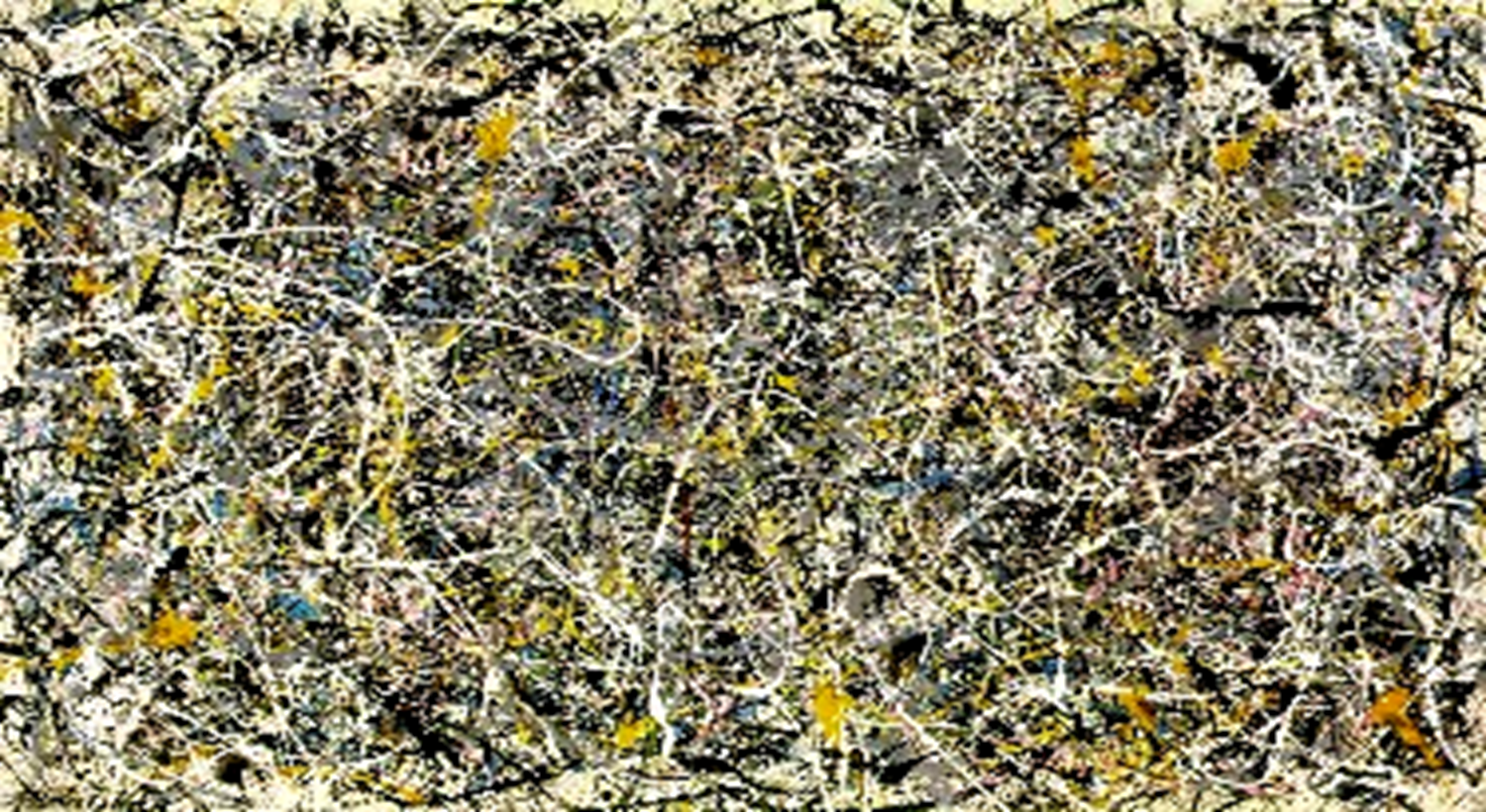
Jackson Pollock. Number 1 (Lavender Mist). 1959. Oil, enamel, and aluminum on canvas.
87 in. x 118 in. National Gallery of Art, Washington, DC
- Unity refers to joining together items that are paired together.
- Conceptual unity joins together ideas that are related.
- Visual unity joins together similar categories of visual elements of art.
- Gestalt unity combines both conceptual and visual unity so that the ideas and the visual look of the work match together.
- Variety, which means differences, is needed to more clearly see what is harmonious and unified.
Source
Christopher Gildow, Washington State Board for Community and Technical Colleges, http://opencourselibrary.org/art-100-art-appreciation/
 This work is licensed under a Creative Commons Attribution 3.0 License.
This work is licensed under a Creative Commons Attribution 3.0 License.


